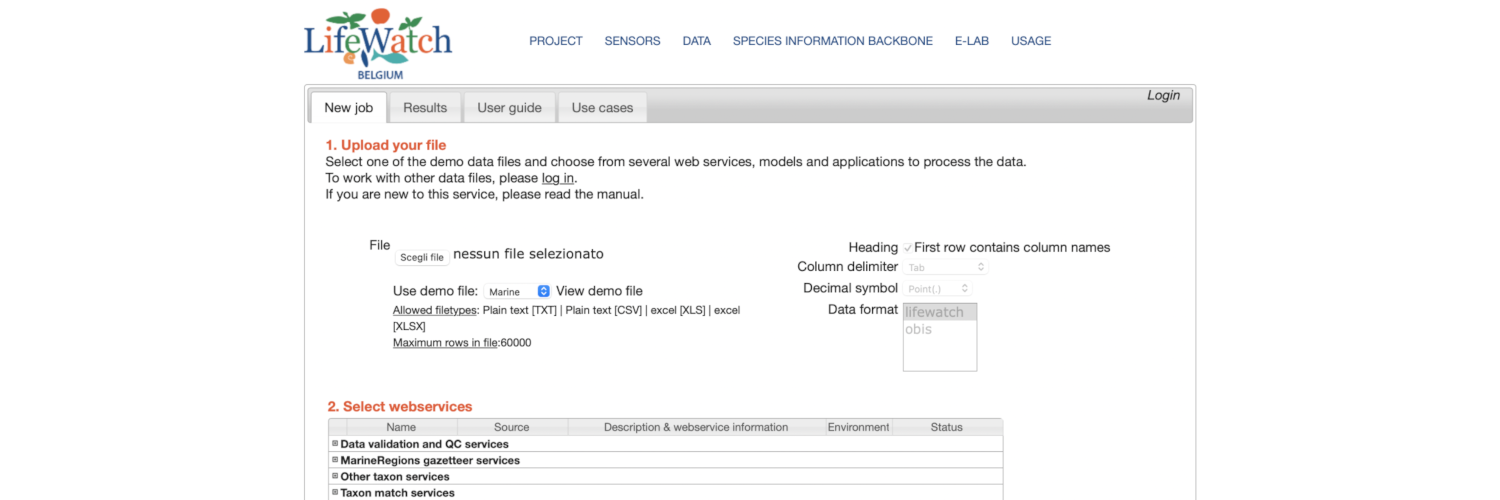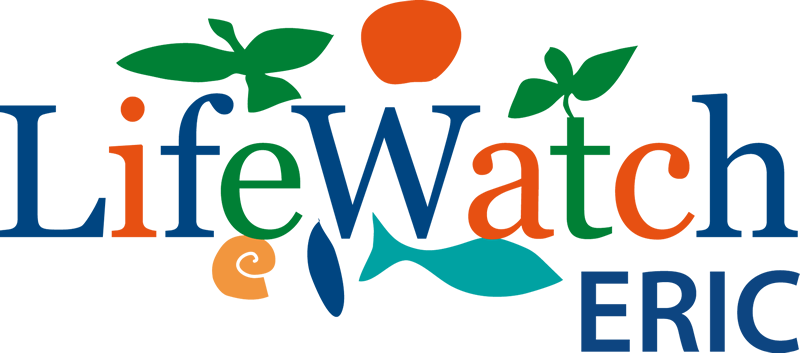LifeWatch Belgium E-Lab: User Guide

This catalogue respects all FAIR guidelines and best practices and uses the IEEE Standard for Learning Object Metadata (IEEE 2002) that has been customised in order to be compliant with the EOSC Training Resource Profile - Data Model.
Description
LifeWatch ERIC builds and operates open e-science infrastructure that can support biodiversity and ecosystem research. The developed e-services facilitate open data exchange, visualization and analysis and are provided to the user through dedicated Virtual Laboratories and applications.
The Belgian LifeWatch E-lab, developed by LifeWatch Belgium, is one of these virtual laboratories.
This online application allows users to standardize, analyze and visualize their data, making use of web services built on top of internal and external reference databases. A user can select several data services (taxonomic, geographic, thematic, etc.) and run them successively through a straightforward user interface. The LifeWatch.be web services can be used in a concatenated way, where the output of one web service is the input for the next web service. Establishing such workflows helps solving (complicated) biological questions.
This user guide tutorial explains the use of the LifeWatch web services.
1 - General
e-science
virtual laboratories
2 - Life Cycle
2.3 - Contribute
3 - Educational
Students
4 - Technical
Details
| Code | 51 |
|---|---|
| Uploaded by | Maria Teresa Manca |
| Available since | 28/01/22 11:06 |
